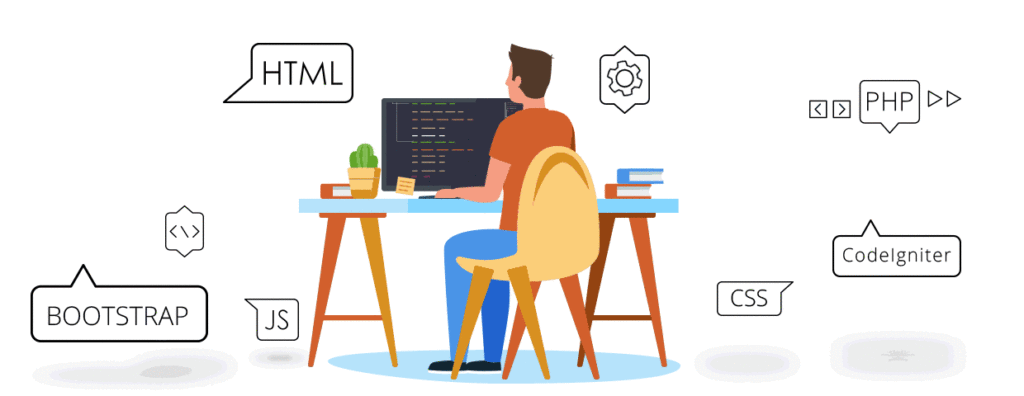My First Coding Experience: Building a Personal Website to Developing School Management Software

I vividly remember the first time I dipped my toes into the world of coding. It was an exciting mix of curiosity and challenge, and little did I know, it would pave the way for some of the most rewarding projects I’ve ever undertaken.
The Beginning: A Personal Website
My journey began with HTML and CSS. The idea was simple: create a personal website to showcase my interests and projects. HTML, or HyperText Markup Language, was my first introduction to coding. It felt like learning a new language, but one that was incredibly logical and structured. I learned how to structure content, create headings, paragraphs, and links. Each new tag I discovered felt like unlocking a new tool in my arsenal.
CSS, or Cascading Style Sheets, brought my website to life with colors, fonts, and layouts. It was thrilling to see how a few lines of code could transform a plain page into something visually appealing. I spent hours experimenting with different styles, learning about selectors, properties, and values.
Taking a Leap: School Management Software
As I became more comfortable with HTML and CSS, I realized I wanted to do more than just create static pages. That’s when I discovered PHP, a server-side scripting language that could make my websites dynamic and interactive.
The idea for my next project came from a real-life problem I encountered at school. Manually pulling attendance and marks reports was tedious and time-consuming. I thought, “Why not create a system to simplify this process?” And so, the idea of developing a school management software was born.
Building the Software
Creating the school management software was a significant leap from my personal website project. It required not only a deeper understanding of PHP but also the ability to design and interact with databases. I started by outlining the core features I wanted to include:
- User Authentication: Secure login for teachers, students, and administrators.
- Attendance Management: A system for teachers to mark attendance and for students/parents to view it.
- Marks Management: Functionality for entering, calculating, and displaying student marks.
Learning PHP: PHP opened up a new world of possibilities. I learned how to handle form submissions, validate user input, and generate dynamic page content. One of the most powerful aspects of PHP was its ability to interact with a database, allowing me to store and retrieve data efficiently.
Database Integration: I chose MySQL as my database management system. Designing the database schema was a critical step, as it needed to be robust and scalable. I created tables for users, attendance records, and marks, ensuring proper relationships and indexing for optimal performance.
Overcoming Challenges
The journey was not without its challenges. Debugging code, handling errors, and optimizing performance were all part of the learning curve. However, each challenge overcame provided invaluable lessons and a sense of accomplishment. I also discovered the importance of writing clean, maintainable code and documenting my work.
Looking Back and Moving Forward
Reflecting on my first experience with coding, I’m amazed at how much I’ve learned and how far I’ve come. Starting with a simple personal website and evolving to develop a functional school management system has been incredibly rewarding. It taught me not only technical skills but also problem-solving, project management, and perseverance.
Moving forward, I’m excited to continue expanding my knowledge. I plan to dive deeper into PHP, explore JavaScript for more interactive front-end features, and learn about modern frameworks like React and Angular. The world of coding is vast and ever-evolving, and I’m eager to keep exploring it.
To anyone just starting their coding journey, I would say: embrace the challenges, celebrate the small victories, and never stop learning. The possibilities are endless, and the skills you gain will open up a world of opportunities.
Happy coding!
